Phone:
+255 754 858 682 (TZ)
+1 239 289 5070 (USA)
Email: [email protected]








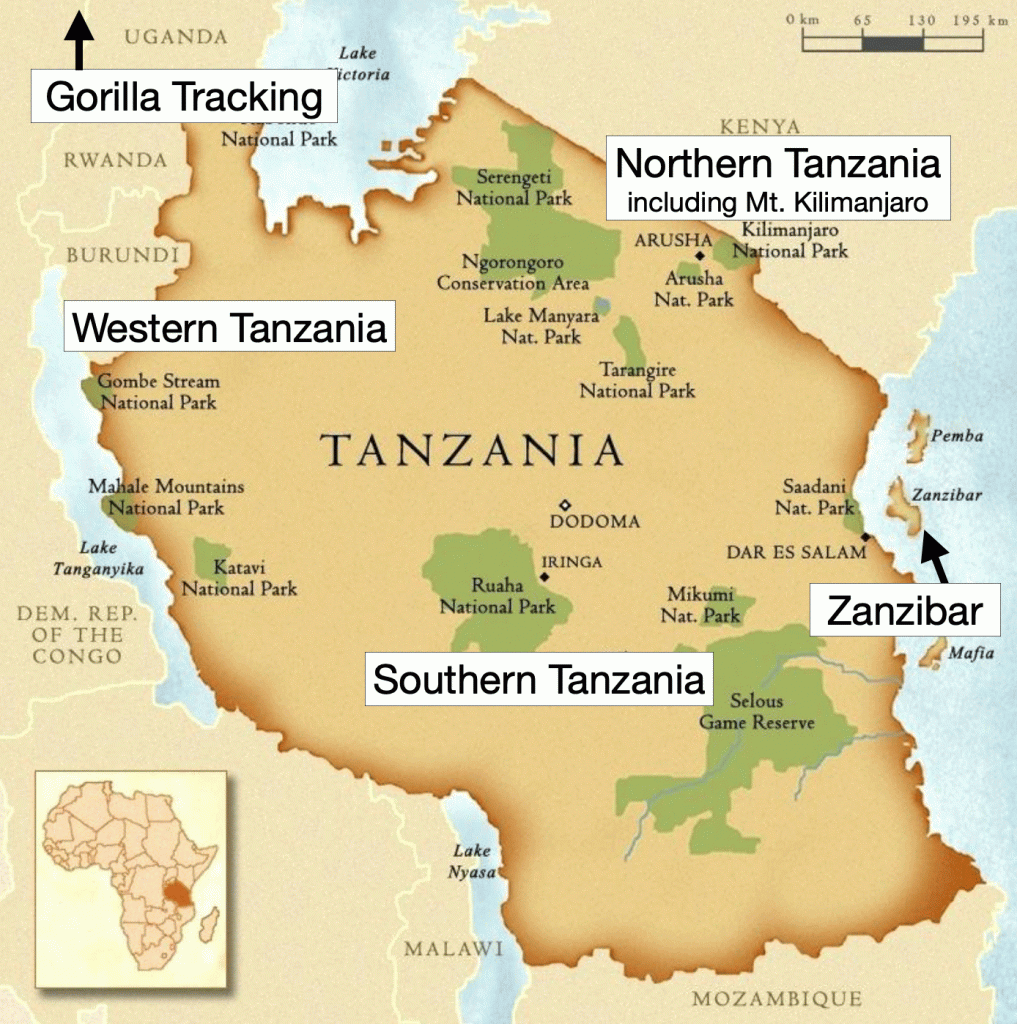
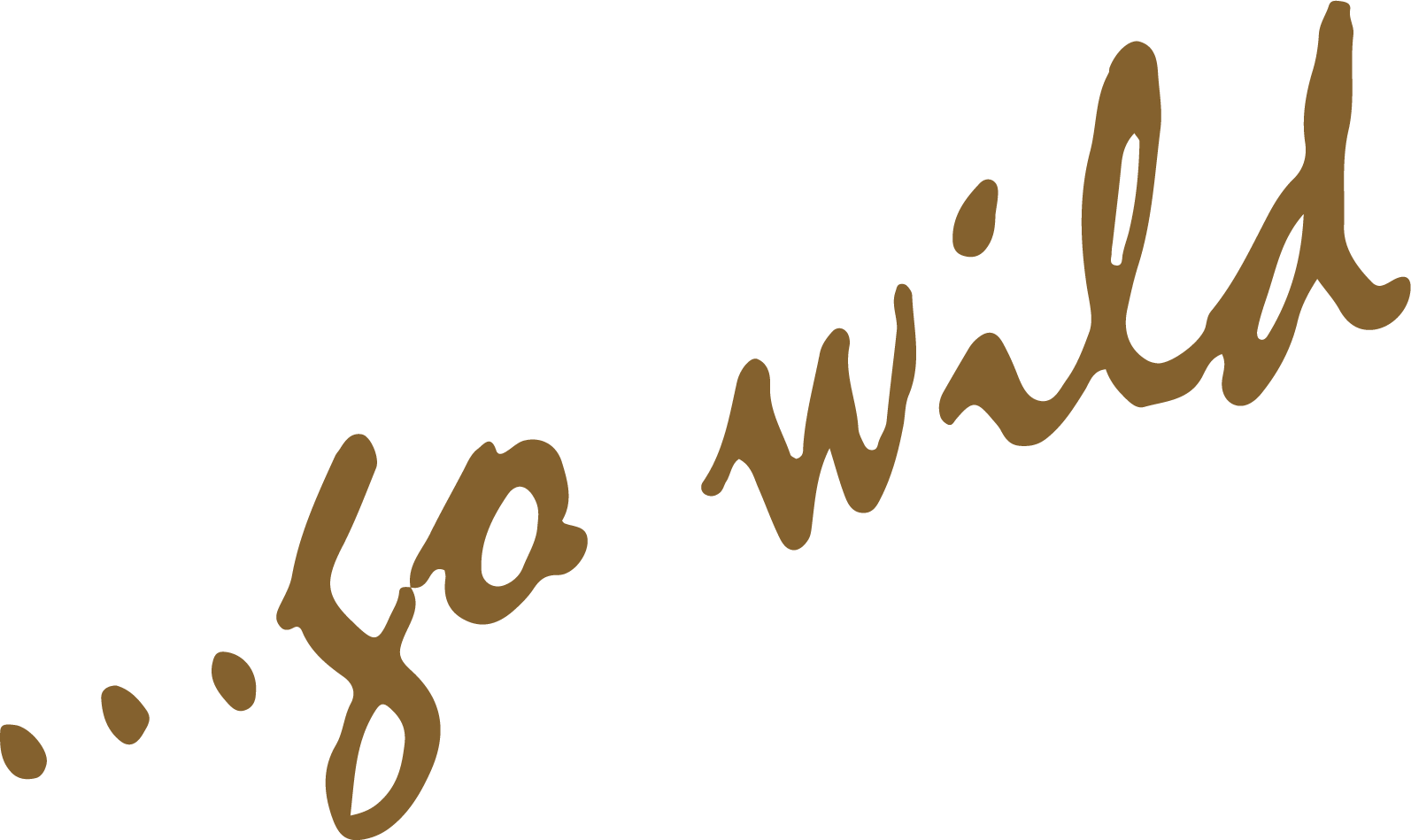
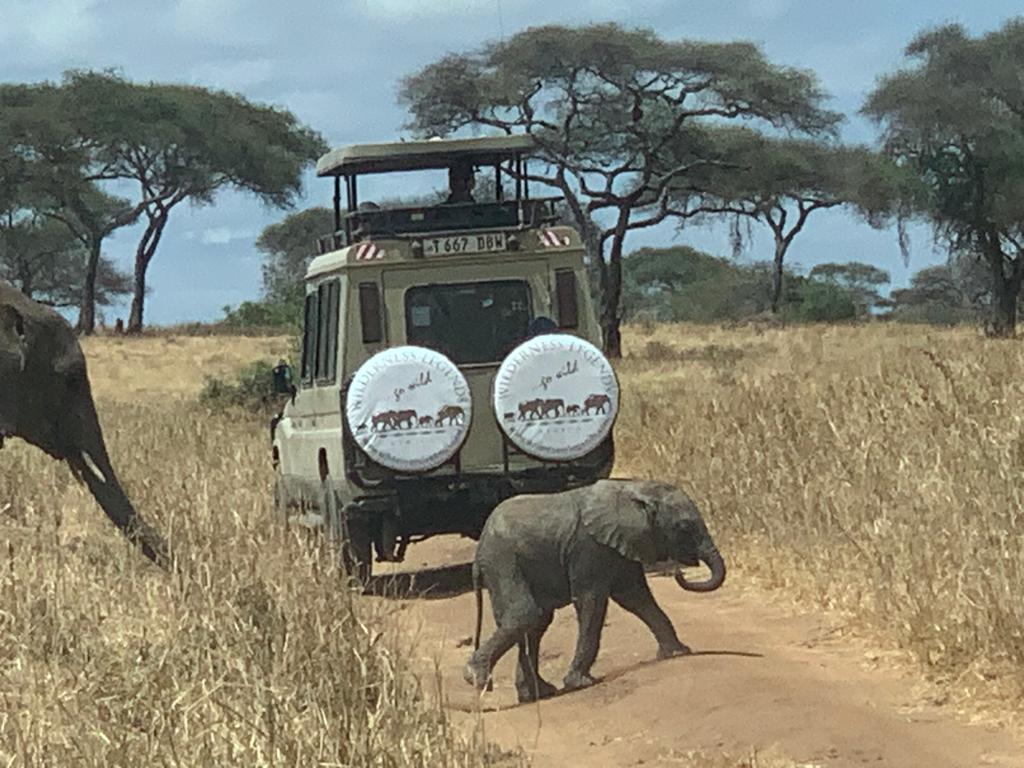
Mount Kilimanjaro, this legendary mountain promises to whisk you up to the roof of Africa, to places where snow fills ancient craters above sweeping plains trodden by elephant herds.
Before you climb Mount Kilimanjaro, you should know it is not going to be easy. There’s 19,341 feet (5,895 meters) of elevation and several days of hard trekking between you and the summit.
But don’t let this deter you because there’s really nowhere quite like it on the planet! The whole climb up this imposing volcano that soars above the savannahs of the East Africa Rift Valley is a journey you’ll never forget. The scenery is never the same on two days – one day you’re navigating lush forests, the next you’re crossing scree-covered lava fields or staring in the face of glaciers.
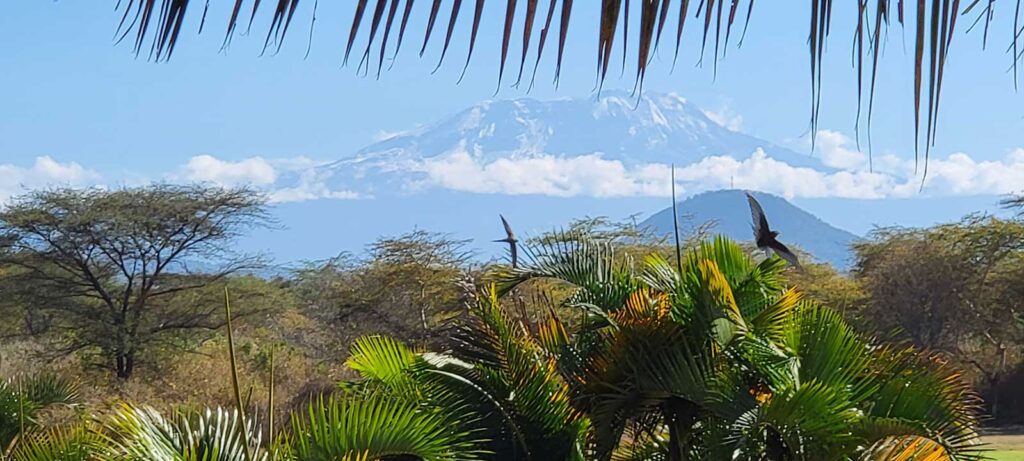
Kilimanjaro is a dormant volcano, located in the Kilimanjaro Region of Tanzania. It has three volcanic cones: Kibo, Mawenzi, and Shira. It is the highest mountain in Africa, standing at 19,341 feet above sea level, and about 4,900 m (16,100 ft) above its plateau base. It is the fourth most topographically prominent peak on Earth, part of Mount Kilimanjaro National Park, and a major hiking and climbing destination.
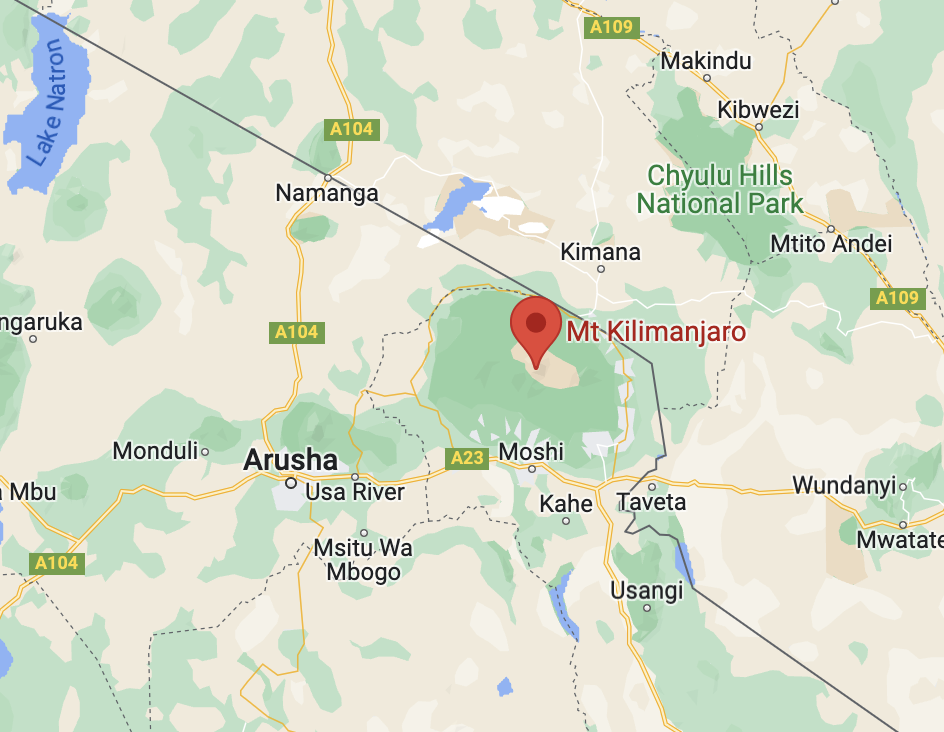
No previous experience is necessary to climb Kilimanjaro, however an adequate level of physical fitness is required to participate, and you are encouraged to be physically active in preparation for your journey.
Please contact us to begin planning your Mount Kilimanjaro safari experience

Site by Emasai